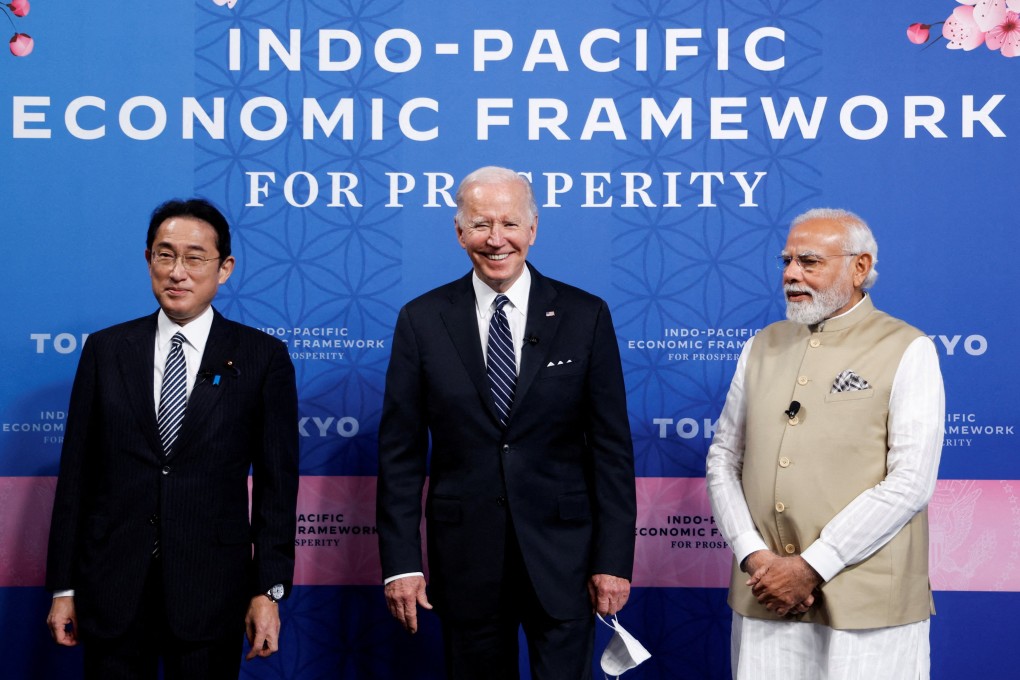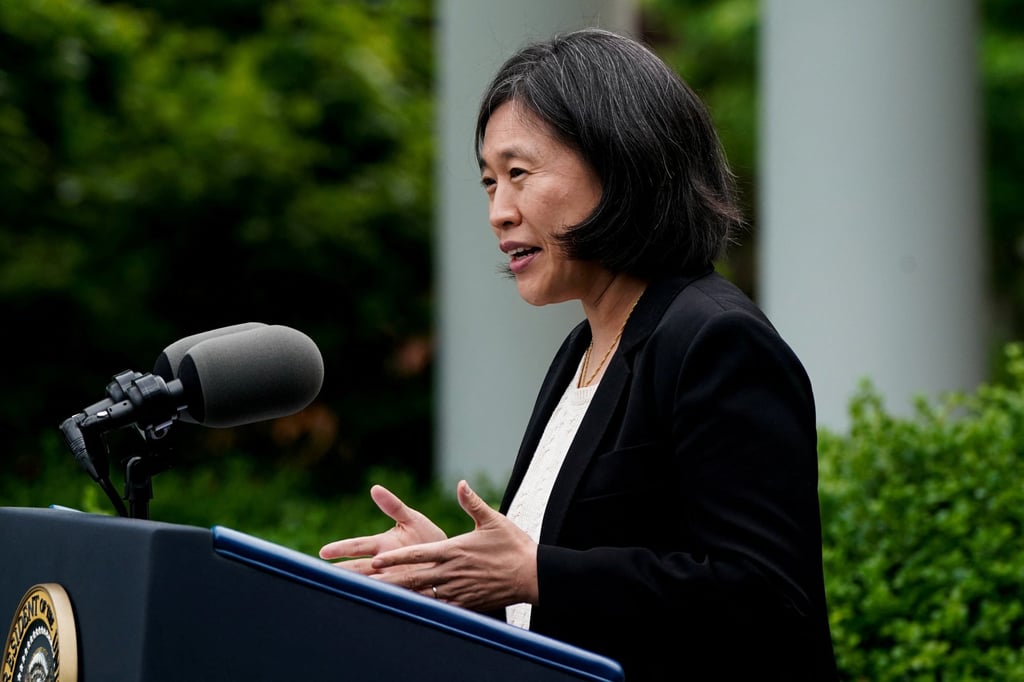Under construction: Building the US-led Indo-Pacific Economic Framework, pillar by pillar
- Negotiations on the details of IPEF, the economic component of the US strategy to counter China in the region, start on Thursday in Los Angeles
- Fourteen nations will work on four policy areas, or ‘pillars’ – trade, supply chain; clean energy; and anti-corruption – though analysts wonder how much buy-in the US will get

Official negotiations on the Indo-Pacific Economic Framework – the economic component of the US strategy to counter China in the Indo-Pacific that US President Joe Biden introduced in May – are set to start on Thursday in Los Angeles, when US Trade Representative Katherine Tai and Commerce Secretary Gina Raimondo sit down with their counterparts from 13 other participating countries.
One US priority, trade experts and Biden administration officials said, is to make sure it has uninterrupted access to so-called critical materials.
“We are laser-focused on supply-chain resilience. We’re focused on ensuring bringing stability and resilience to our supply chains, especially in countries that are integral to producing and moving critical products,” a senior administration official said on Wednesday about IPEF.
“Whether it’s transport goods, critical goods, critical minerals … we need more transparency, we need to partner more together and that’s exactly what we’re doing in this framework,” the official added.

“It gives us an opportunity to partner on things so that we’re more resilient when more challenges come up. And I think countries are seeing the benefit of that.”